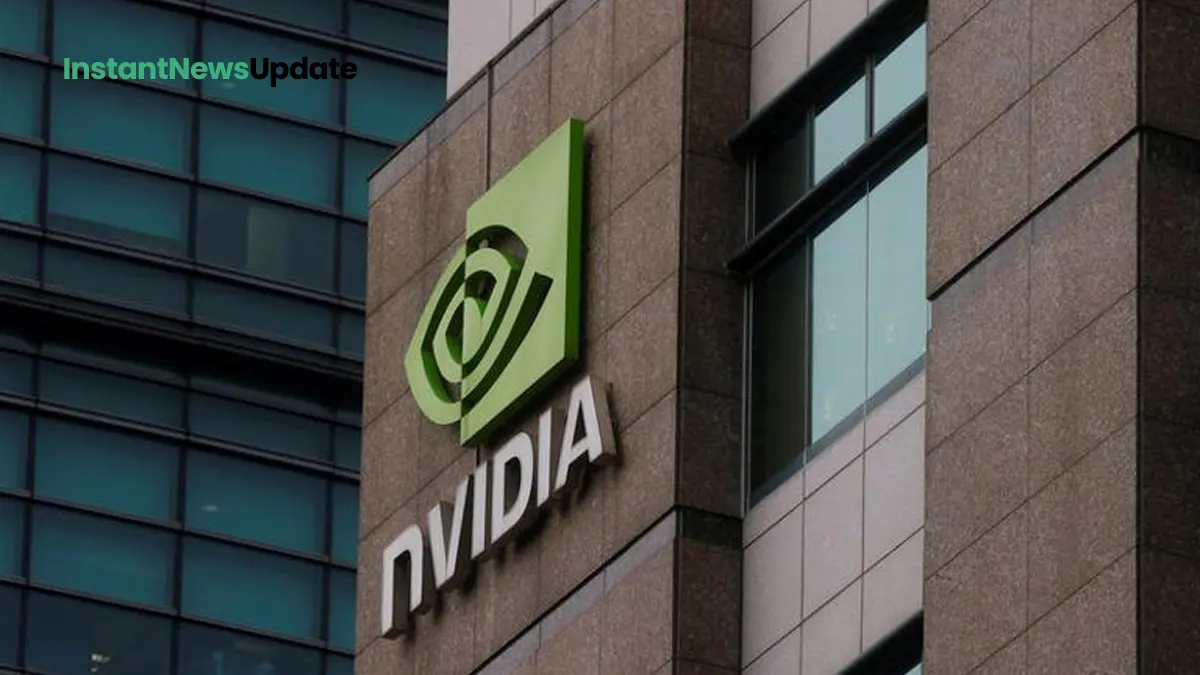In a post-Iraq invasion era, a paradigm shift occurred in British security when the nation found itself under attack not from conventional weaponry, but from the realm of bytes and botnets.
A Transformative Incident Unveiled
June 2003 marked a significant juncture in the domain of cybersecurity. Unlike the present scenario, where specialized intelligence units deal with cyber threats, the landscape back then was rudimentary. A cluster of digital communication experts stationed at GCHQ formed the primary line of defense. When unusual activities were spotted on a government employee’s workstation, these early cyber specialists were summoned, according to Gloucestershire Live’s report.
The Emergence of a New Threat
The incident that unfolded signified a watershed moment. It reshaped the outlook of security and intelligence agencies like GCHQ. The event underscored that vital components of the UK’s defense and infrastructure could be jeopardized from anywhere across the globe, reshaping priorities. Remarkably, this event marked GCHQ’s inaugural encounter with a cyberattack executed by a foreign nation-state.
The Prelude: A Suspected Phishing Email
The saga began with a seemingly innocuous phishing email—a deceptive correspondence where the sender masquerades as a legitimate entity. This ruse had the potential to extract sensitive information while circumventing security protocols. Promptly, technical experts from the Communications-Electronics Security Group (CESG) were summoned. Their scrutiny unearthed the presence of malware on the compromised workstation—a malevolent software designed to purloin confidential data.
A Watershed Moment in Cyber Investigations
The malware’s discovery not only cast doubt on the attacker’s motives but set in motion a sequence of actions that revolutionized the landscape of cyber incident response. A pivotal step emerged—GCHQ integrated its signals intelligence proficiency with its cyber security capabilities to identify the perpetrator. The evidence compiled by the intelligence service led CESG to conclude that the attack was an instance of cyber espionage orchestrated by another sovereign state.
Legacy of a Pioneering Event
Fast forward to the present day, the specter of such cyber threats looms large. Public institutions, including Gloucester City Council, frequently grapple with threats from hacker networks. The evolutionary path from then to now culminated in the establishment of the National Cyber Security Centre in 2016, merging several public entities to collectively tackle online threats to businesses and institutions.
The Reflections of an Expert
Paul Chichester, the Director of Operations at the National Cyber Security Centre, encapsulates the journey. He reflects, “Two decades ago, we ventured into uncharted territory of cyber attacks, and this incident marked GCHQ’s maiden involvement in responding to a threat against the UK Government. It also acted as a catalyst, propelling the UK and Europe into a newfound understanding of online vulnerabilities. Our countermeasures transformed, equipping us to ward off and investigate such assaults.”
The Evolution Continues
The National Cyber Security Centre, an extension of GCHQ, was conceived in October 2016 to fortify the UK against the surge of cyber threats. A consolidation of existing expertise, it harmonized efforts from CESG, the Centre for Cyber Assessment, CERT-UK, and the Centre for Protection of National Infrastructure (now known as the National Protective Security Authority).









